Quantum-Mechanical Signal Processing and Spectral Analysis
Quantum-Mechanical Signal Processing and Spectral Analysis describes the novel application of quantum mechanical methods to signal processing across a range of interdisciplinary research fields. Conventionally, signal processing is viewed as an engineering discipline with its own specific scope, methods, concerns and priorities, not usually encompassing quantum mechanics. However, the dynamics of systems that generate time signals can be successfully described by the general principles and methods of quantum physics, especially within the Schroedinger framework. Most time signals that are measured experimentally are mathematically equivalent to quantum-mechanical auto-correlation functions built from the evolution operator and wavefunctions. This fact allows us to apply the rich conceptual strategies and mathematical apparatus of quantum mechanics to signal processing. Among the leading quantum-mechanical signal processing methods, this book emphasizes the role of Pade approximant and the Lanczos algorithm, highlighting the major benefits of their combination. These two methods are carefully incorporated within a unified framework of scattering and spectroscopy, developing an algorithmic power that can be exported to other disciplines. The novelty of the author's approach to key signal processing problems, the harmonic inversion and the moment problem, is in establishing the Pade approximant and Lanczos algorithm as entirely algerbraic spectral estimators. This is of paramount theoretical and practical importance, as now spectral analysis can be carried out from closed analytical expressions. This overrides the notorious mathematical ill-conditioning problems with round-off errors that plague inverse reconstructions in those fields that rely upon signal processing. Quantum-Mechanical Signal Processing and Spectral Analysis will be an invaluable resource for researchers involved in signal processing across a wide range of disciplines.
{{comment.content}}

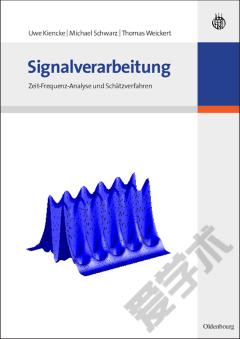
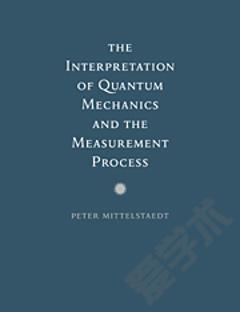
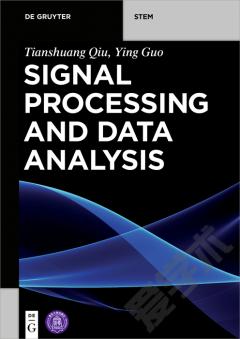
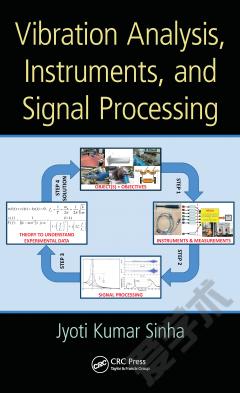

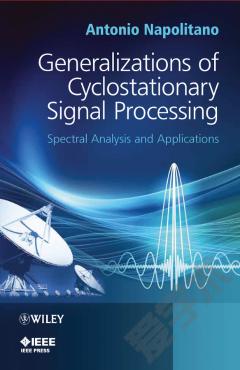

 京公网安备 11010802027623号
京公网安备 11010802027623号